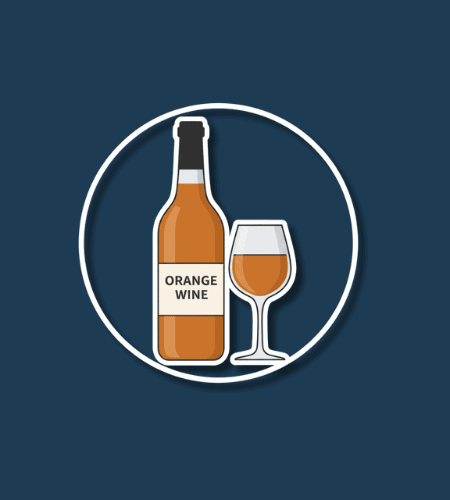Every year on October 6, wine lovers raise their glasses to a curious and ancient style of wine on National Orange Wine Day — a celebration of orange wine made from white grapes treated like reds by leaving their skins in contact during fermentation.
Table of Contents
History of National Orange Wine Day
This observance is quite recent. It was first established in 2018 by the National Day Registry (or The Real House Wine) to draw attention to a wine style that many people don’t yet know. While orange wine (also called skin‑contact wine or amber wine) has roots going far back, the “holiday” itself is a modern creation aimed at raising awareness.
But the technique behind orange wine is ancient indeed. Evidence suggests that in Georgia (the country) people were fermenting white grapes with their skins some 6,000 years ago using clay amphorae buried underground. Over time, as wine practices evolved, the technique fell out of favor in many places — but in recent decades winemakers in regions like northeastern Italy, Slovenia, and elsewhere revived it, and interest has spread more widely.
Why is National Orange Wine Day important?
This day is more than just a fun reason to drink something unfamiliar. It serves as a reminder that wine culture is rich, subtle, and full of traditions that go beyond the widely sold red/white/rosé categories. When people explore orange wines, they often discover new flavor dimensions, texture, and a sense of connection to ancient practices. Celebrating it helps keep alive artisanal and regional wine traditions.
Also, as more consumers lean toward “natural,” low‑intervention, or minimal‑additive wines, orange wine often aligns well with that ethos. Many producers working with skin‑contact white grapes do so with fewer chemical additions, in organic or biodynamic settings. So the holiday also helps promote sustainable winemaking and invites dialog about how grapes, skin contact, oxidation, and time all shape the character of a wine.
Some thoughts on why this day matters to wine lovers
- It encourages curiosity, to try wines outside the mainstream
- It honors winemakers who revive historical methods
- It broadens consumers’ palate and vocabulary around wine
- It spotlights regions and small producers making distinctive wines
- It raises awareness of sustainable and low‑intervention practices
How to Celebrate National Orange Wine Day
You don’t need a grand plan — just an open mind and maybe a bottle or two. One of the simplest things: find a bottle of orange wine (or skin‑contact white), pour it, sip slowly, and note how it feels different from typical white or red. Use the day to talk about it with friends or pair it with food. Share your impressions.
If you’re in a wine region or near a wine shop that imports orange wines, you might arrange a tasting with a local sommelier or visit a wine bar that features skin‑contact wines. If you’re adventurous and have some basic winemaking knowledge, you could even try a tiny experimental batch at home (ferment some white grapes with skins) to see how the flavors evolve.
Here are some simple ideas
- Try one or two different orange wines side by side, and compare them to a regular white
- Host a small tasting with friends and ask everyone to guess which are skin‑contact
- Pair your orange wine with unexpectedly bold foods — spicy, fermented, or richly flavored dishes
- Share photos and tasting notes on social media using a hashtag like #OrangeWineDay
- Visit a local wine shop and ask staff to show you their orange wine selections
National Orange Wine Day Dates Table
| Year | Date | Day |
|---|---|---|
| 2025 | October 6 | Monday |
| 2026 | October 6 | Tuesday |
| 2027 | October 6 | Wednesday |
| 2028 | October 6 | Friday |
| 2029 | October 6 | Saturday |
Subscribe to our newsletter and never miss a holiday again!

